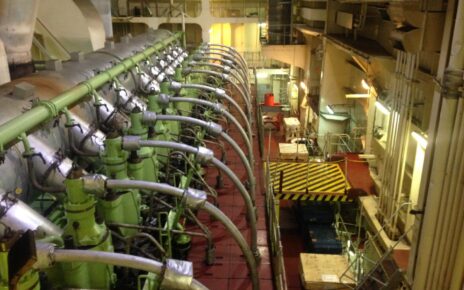Why are tie rods missing on the 4 Stroke engine?
If you are familiar with the internal combustion engines, you might have noticed that some engines have tie rods and some don’t. Tie rods are long metal rods that connect the piston to the crankshaft. They are used to transfer the linear motion of the piston to the rotational motion of the crankshaft.
Why are tie rods missing on the 4 Stroke engine?
Tie rods are commonly found in 2 stroke engines, which have a simpler design than 4 stroke engines. In 2 stroke engines, each piston cycle consists of two strokes: compression and power. The compression stroke occurs when the piston moves up and compresses the air-fuel mixture in the cylinder. The power stroke occurs when the spark plug ignites the mixture and pushes the piston down.
In 4 stroke engines, each piston cycle consists of four strokes: intake, compression, power and exhaust. The intake stroke occurs when the piston moves down and draws in fresh air-fuel mixture through an intake valve. The compression stroke occurs when the piston moves up and compresses the mixture. The power stroke occurs when the spark plug ignites the mixture and pushes the piston down. The exhaust stroke occurs when the piston moves up again and expels the burnt gases through an exhaust valve.
Because of these additional strokes, 4 stroke engines need more components than 2 stroke engines, such as valves, camshafts, timing belts or chains,
and valve springs. These components add weight and complexity to the engine design.
One way to reduce weight and complexity is to eliminate tie rods from 4 stroke engines. Instead of using tie rods, 4 stroke engines use connecting rods that attach directly to the pistons at one end and to the crankshaft at another end. Connecting rods are shorter and lighter than tie rods, and they also allow for more flexibility in the piston movement.
By using connecting rods instead of tie rods, 4 stroke engines can achieve higher efficiency, power output, and durability than 2 stroke engines. They also produce less noise, vibration, and emissions than 2 stroke engines.
However, connecting rods also have some disadvantages compared to tie rods.
They require more precise alignment and lubrication between the pistons and
the crankshaft. They also create more stress on the pistons due to the angular motion of the connecting rod.
Therefore, tie rods are not missing on 4 stroke engines; they are simply replaced by connecting rods for better performance.




change your topic heading you are talking about con rod not tie rod